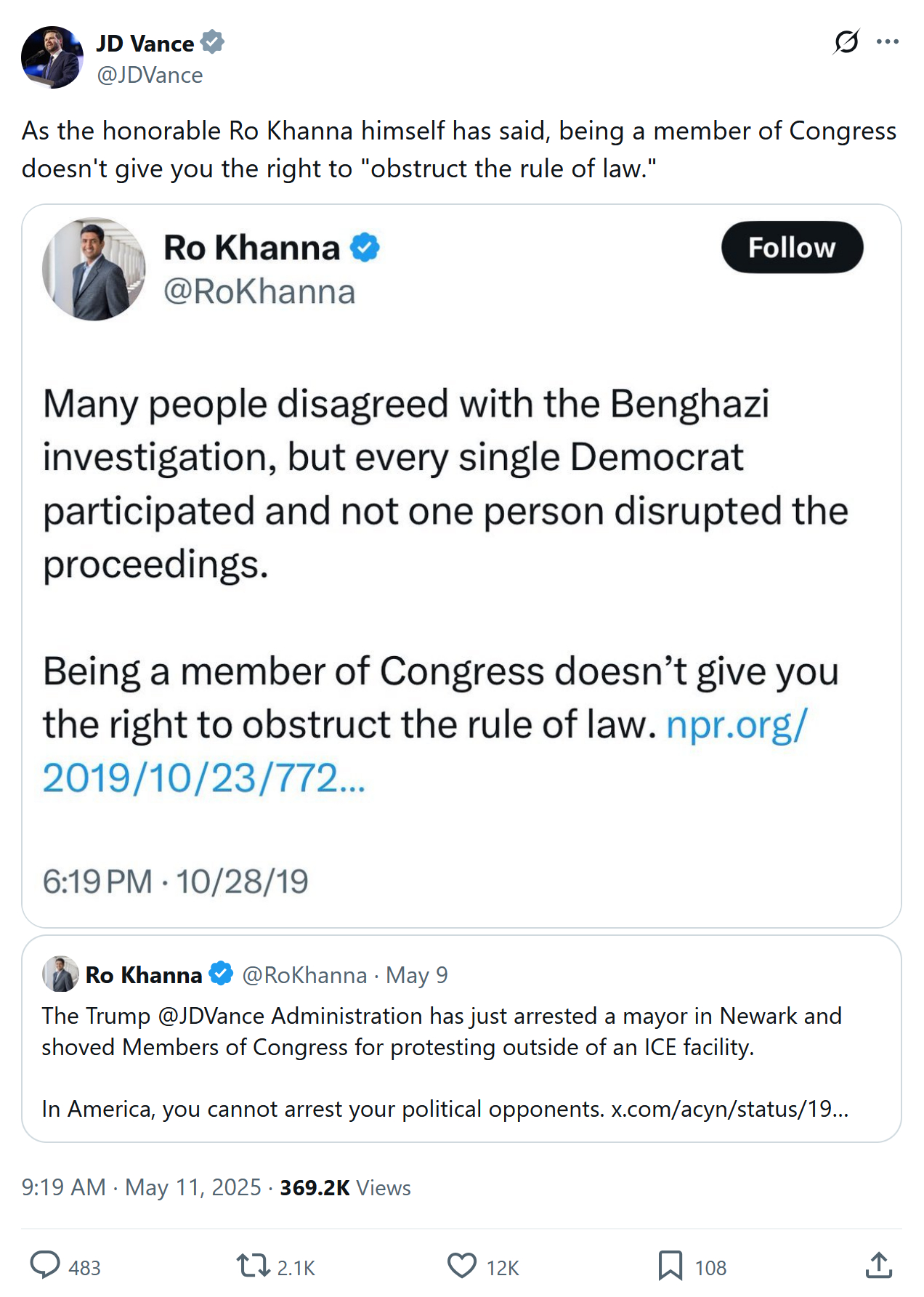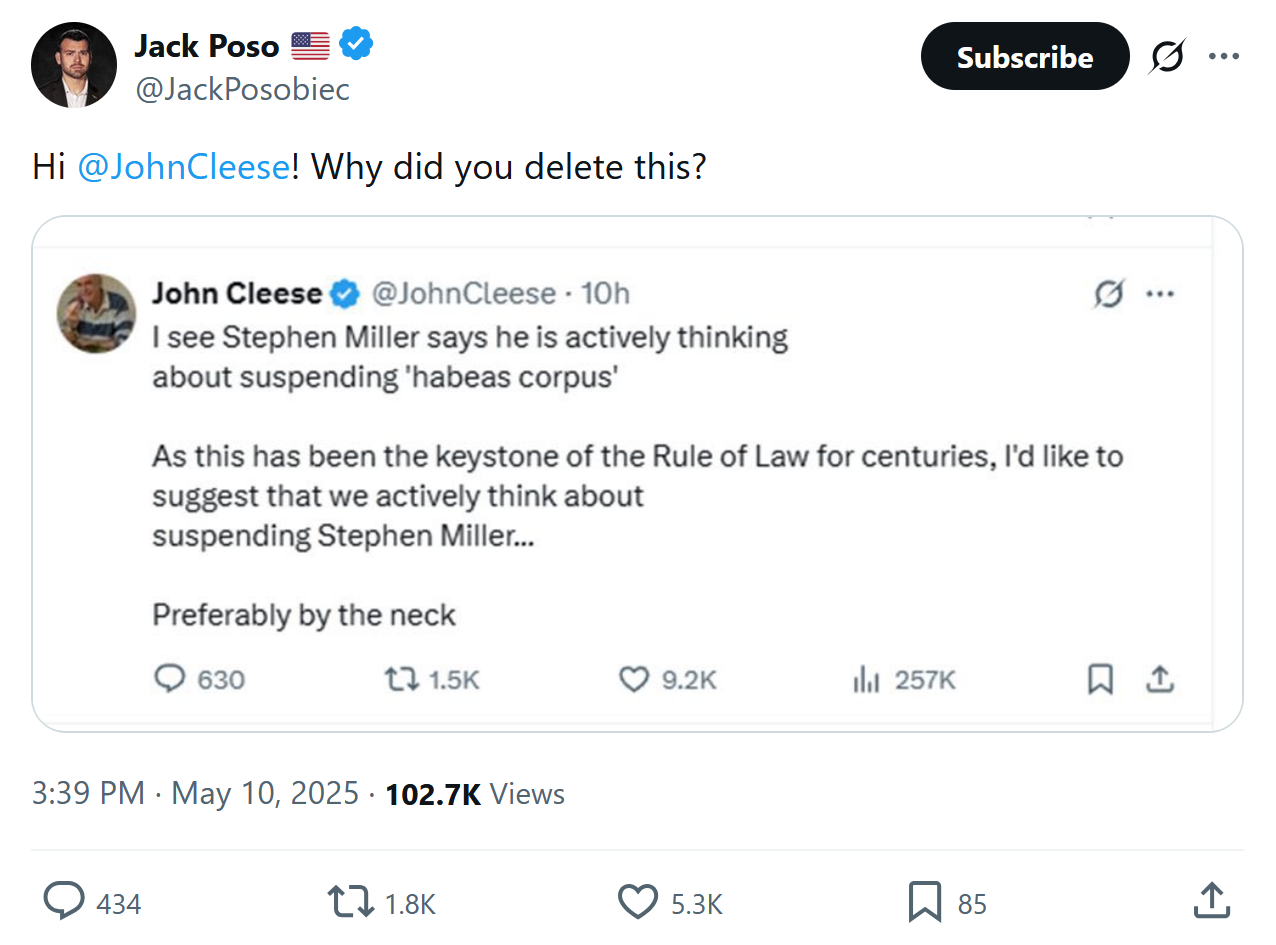“Gaza Is Starving,” a headline in The New Yorker declared in early January 2024, pushing a harrowing narrative that took hold during the first six months of the war. In March, The Washington Post asked: “Is Gaza Heading Into Famine?” A headline in the Post the next day answered: “Israel’s War on Hamas Brings Famine to Gaza.”
In April 2024, Samantha Power, director of the United States Agency for International Development (USAID) for the Biden administration, became the first senior U.S. official to declare that famine in Gaza had begun. She cited a report published by an independent, United Nations–affiliated monitoring system, called the Integrated Food Security Phase Classification Global Initiative (IPC).
First developed in 2004 with backing from the UN, the IPC has become the global gold standard for food security analysis. Using a data-driven, evidence-based, five-phase scale that ticks up as food supplies run low, the IPC is designed to shield the humanitarian goal of having enough to eat from the political pressures of war. Today, a famine is declared only when the IPC’s data about a region shows that at least 20 percent of households have run out of food, at least 30 percent of children are acutely malnourished, and two people out of every 10,000 are dying each day from starvation.
In 20 years, just four famines have been confirmed by the IPC: Somalia in 2011, South Sudan in 2017 and 2020, and Sudan in 2024. A confirmed famine in Gaza, as Power told Congress was happening, would have been a historic catastrophe and the first to occur outside continental Africa. Power’s statement bolstered claims that Israel was using starvation as a weapon of war, and that the U.S. government was therefore complicit in an alleged war crime.
But there were serious problems with Power’s sensational testimony. Foremost among them: The IPC never declared a famine in Gaza. The report she cited was a projection of possible outcomes, not a conclusive finding. The next month, USAID issued its own analysis alleging that famine was underway, an indictment so serious that it required confirmation from an independent board of global experts known as the Famine Review Committee (FRC).
The FRC, which functions as the IPC’s final authority and quality control check, rebuked the USAID analysis, calling its conclusions insupportable. The failures were stunning.
Private sector food deliveries, such as trucks contracted to commercial warehouses, were left out of the agency’s estimates of the total food supply in north Gaza. As a result, as much as 82 percent of the “daily kilocalorie requirement” in northern Gaza last April wasn’t counted. In the same month, USAID’s famine monitor also left out 940 metric tons (2 million pounds) of flour, sugar, salt, and yeast donated by the UN to bakeries in north Gaza, enough to make about 1,400 metric tons (3 million pounds) of bread.
When asked about erasing the bakery donations, USAID’s internal famine-monitoring network justified the decision on the grounds that bread from those bakeries had been sold rather than given away for free.
It was never in doubt that the Israel-Hamas war brought immense human suffering to Gaza, including from food shortages. But USAID depicted a world that had little in common with reality.
North Gaza actually had 10 times more food last April than USAID had claimed. These findings should have been big news. As aid shipments increased, a famine had been averted.




